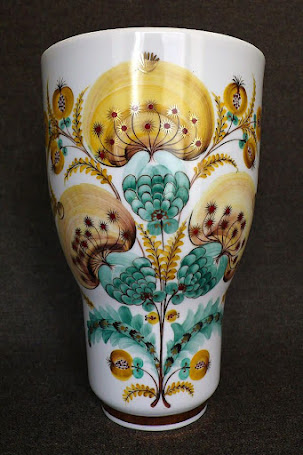It seemed like a good time to post something on a lighter note. I was reminded of all the art fans who enjoy David Zinn and his tiny creatures he chalk paints on public streets where there's potholes and sidewalk cracks.There's another artist in Europe who is similarly inspired.
This artist (or artists) is known as "Ememem." He, she or them are as secretive as Banksy. All that is known about this person(s) is that the home base is in Lyon, France.
All attempts to
interview are thwarted. Yet, the plaster casts of the flacking are
exhibited in France and other European galleries. Clearly, someone knows
who it (or they) is and has contact.
Unlike Zinn, who is okay drawing a crowd as he works, Ememem patches the holes in the night in secret.
Even the name for the anonymous person(s) is taken from the
sound the motor scooter makes as it buzzes along quiet night time
streets. It is a discovery for the mornings as people go about their
days.
The works are known as "flacking." Flacking is taken
from the French work for "puddle" or "pool." It is the art of repairing
holes. It bears a kinship with the Japanese word " kintsugi," the art of repairing while enhancing because Ememem mostly repairs with beautiful tiles and mosaics.

































